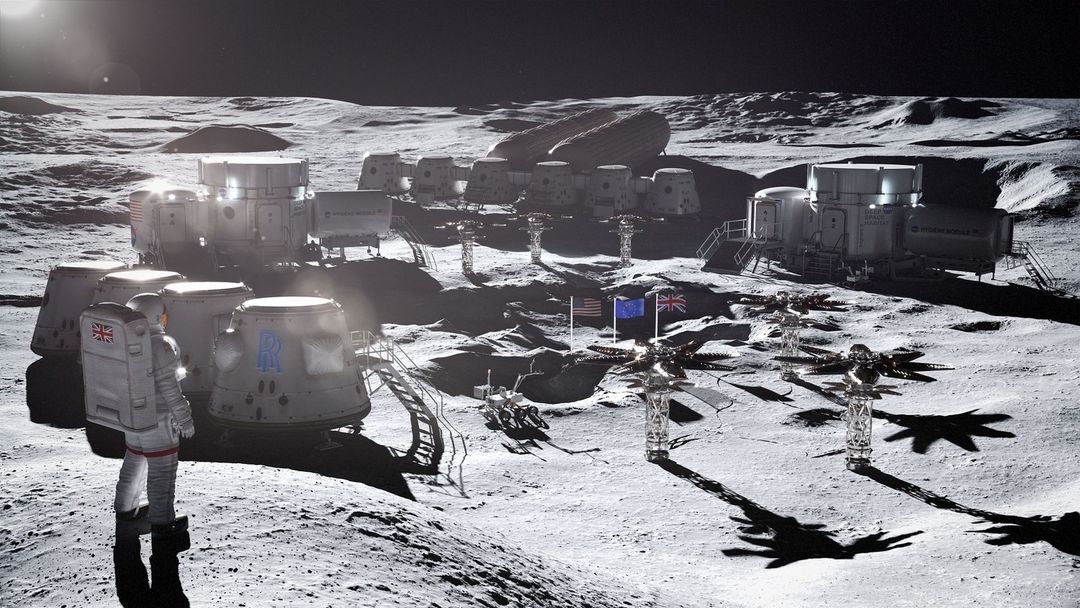The UK Space Agency is backing the British carmaker’s research on building human-manned lunar bases that utilize nuclear power.
The scientific community continues to send explorers to the moon in pursuit of new knowledge, and among this endeavor’s more recent developments is Rolls-Royce’s nuclear reactor project, which aims to build lunar bases that can be powered through nuclear energy.
Recently, the UK Space Agency agreed to continue funding this project by providing £2.9 million (roughly $3.5 million) for research and development. This adds to the £249,000 (around $302,000) funding that the space agency gave to the British car company in 2022.
READ ALSO: Best In Class: The World Airport Awards Has Announced 2023 Winners
This goal could bring great progress to research on the moon, since the transport, life support, communication channels, and experiments involved in current studies heavily rely on solar power to function, according to Space.com. As such, having this alternative energy source could provide scientists with more resources to explore new frontiers.
One Small Step for Man, One Giant Leap for Mankind
There are plenty of potential benefits that the nuclear reactor’s power can bring to society. In an article from PC Magazine, Rolls-Royce director of future programs Abi Clayton shares: “The technology will deliver the capability to support commercial and defense use cases alongside providing a solution to decarbonize industry and provide clean, safe, and reliable energy.”


Paul Bate—chief executive of the UK Space Agency—adds that the research “could lay the groundwork for powering continuous human presence on the Moon, while enhancing the wider UK space sector, creating jobs, and generating further investment.”
Indeed, the nuclear power generated from the reactor should provide enough energy to boost a “lifetime of lunar missions,” explains Dhara Patel, a space expert at the National Space Centre in Leicester, during a CNBC interview.
Of course, with great power comes great responsibility. Certain safety measures need to be put into place before the project is fully implemented. “What will require careful consideration is the nuclear fuel that will be used to generate heat, how it will be responsibly sourced along with how efficiently the new technology will generate electricity from the process and manage the radioactive waste,” Patel elaborates.
A Collective Effort
As with any groundbreaking research project, a team of skilled and brilliant individuals is needed to help achieve the desired results. Rolls-Royce will be working with a variety of esteemed organizations for the nuclear reactor project, including the University of Sheffield’s Advanced Manufacturing Research Centre and Nuclear AMRC, and the University of Oxford. With all this support, Rolls-Royce hopes to build a micro-nuclear reactor by 2029.
Banner Photo via Instagram @rollsroycegroup.



